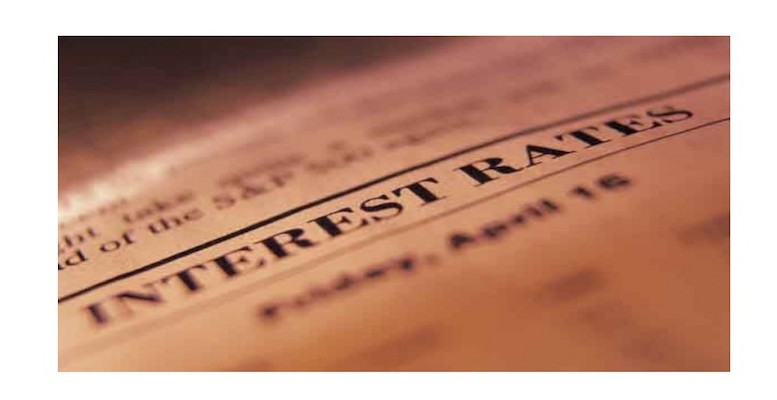There’s an idea circulating amongst the central banks or, more accurately, amongst pressure groups in the central banks. The crux of this idea is: “the central banks should normalise interest rates”.
What does this consist of? Well these groups says that if there is full employment in countries like, for example, the US or Canada, it’s time for interest rates to return to pre-crisis levels, when there was full employment.
We’ve already seen that the “Phillips Curve”, which defines the inverse relationship between unemployment and prices, has disappeared, which caused the central banks concern: we have arrived at full employment without any inflationary threats appearing and salaries, as we saw, are stable. Nick Rowe explains this masterfully: the best thing the central banks can do is to forget this idea of normalising rates. Why don’t they consider the fact that if everything else has normalised – employment, inflation, etc, – then actually interest rates, the important things which influence the economy (lending, private bonds, etc) are how they should be?
To explain this Nick makes reference to Swedish economist Wicksell’s famous theory from the beginning of the XX century, the natural interest rate. This is the real interest rate (adjusted for inflation) which maintains the economy’s equilibrium when there is full employment.
There are many points here which I would like to qualify because I don’t really agree. In 1936, Keynes rejected the notion of a natural interest rate, pointing out that in reality, there were many rates which maintained the economy’s equilibrium but not with full employment. But we continue with Wicksell’s reasoning as if Keynes had never existed.
The problem is that when the central banks talk about normalising the natural interest rate, they are saying they should bring the rate of their operations with the banks to the level which was “normal” before the crisis. So 4% for example? Can you imagine what would happen if the Fed suddenly established this target?
Probably what it would achieve is to fuel more disinflation so that the real market interest rate would be much higher than the natural rate. The effect of this would definitely be contractive and the fixed income and equity markets would probably fall. This is impeccable reasoning from Nick.
In reality, the central banks only control the short-term rates, connected to their rate for operations in the interbank market. It’s true this rate is the basic one in the market for immediate money, but its influence on long term rates is very flimsy. This explains why the central banks have had to turn to quantative expansion, expanding their assets and liabilities. As a result, the idea of normalising is dangerous, all the more so when more central banks are involved.





